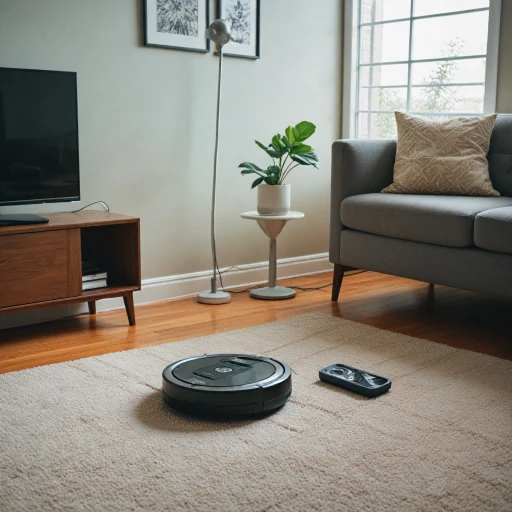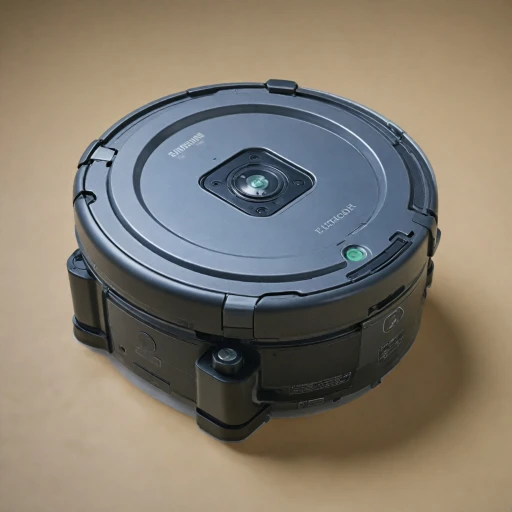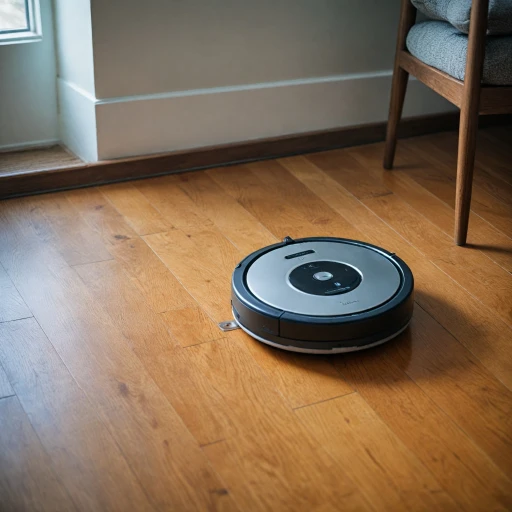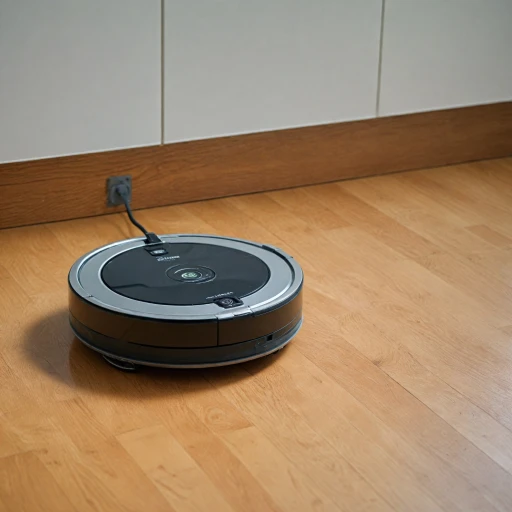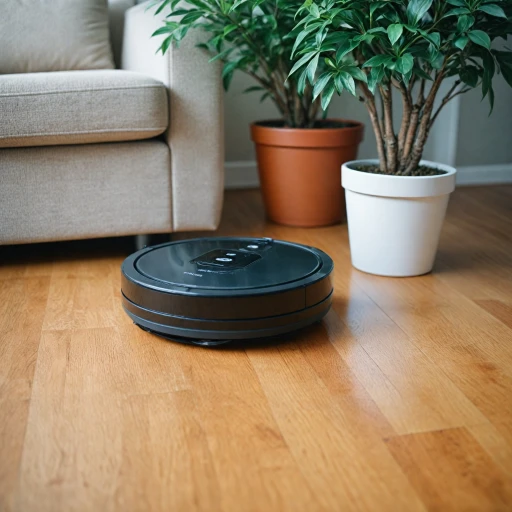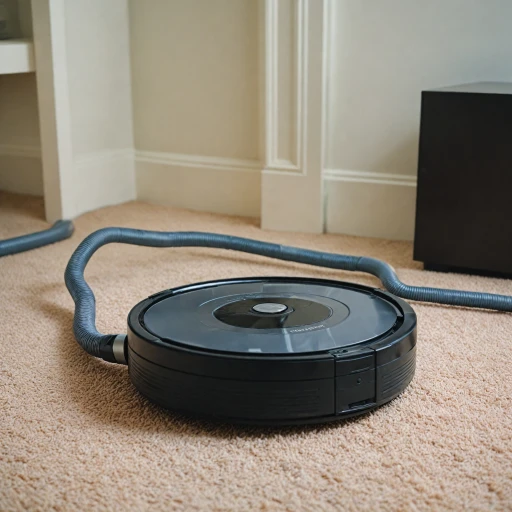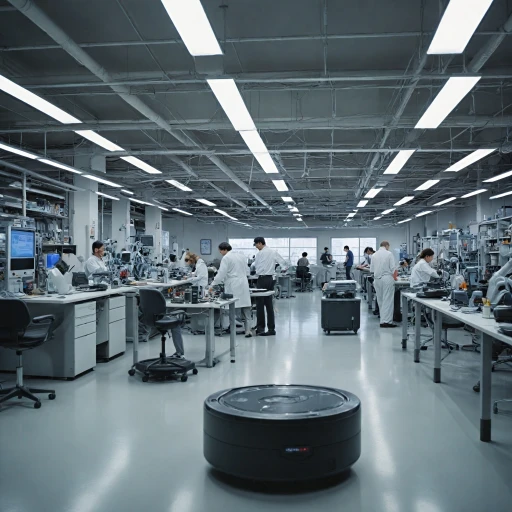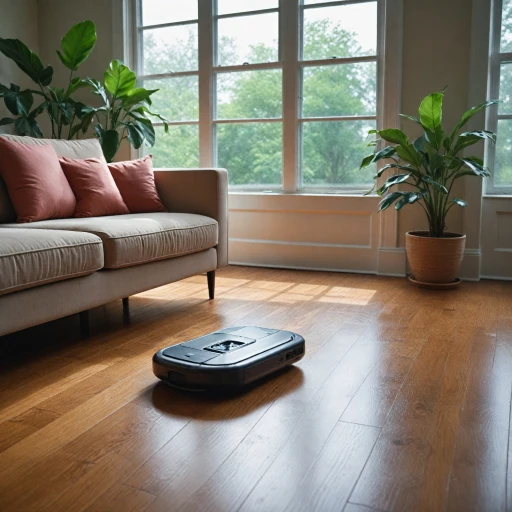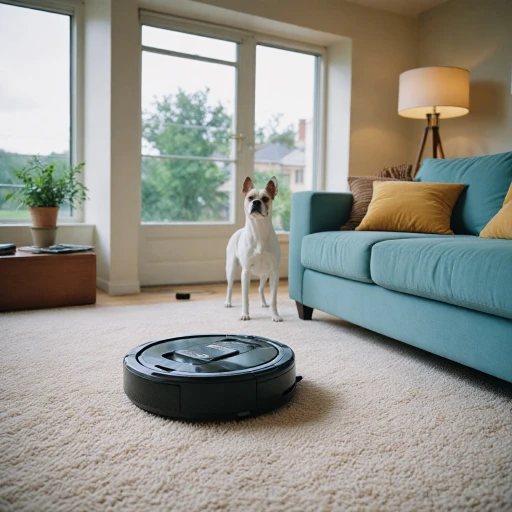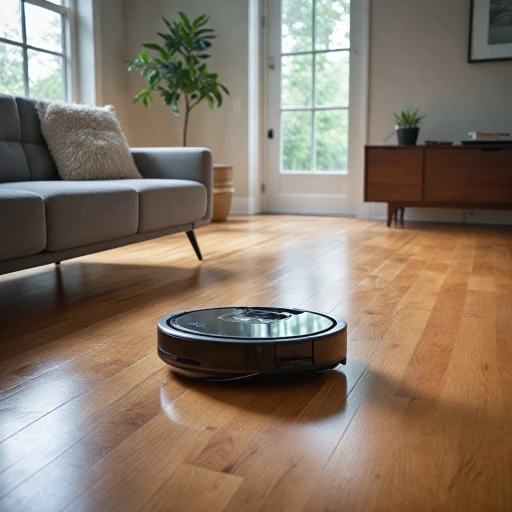
The Functionality of a Vacuum Belt in Robot Vacuums
Understanding the Mechanics Behind the Vacuum Belt
Robot vacuums have revolutionized the way we clean our homes, making it essential to understand the components that contribute to their efficiency. One critical component is the vacuum belt, which plays a vital role in the vacuum cleaner's ability to function effectively. A vacuum belt is a rubberized loop that connects the motor shaft to the brushroll or brush roller. Its main function is to transfer the motor's power, enabling the brushroll to rotate. This rotation is crucial for agitating dirt and debris, allowing the vacuum to sweep them into the collection bin. Various models like Bissell, Eureka, Hoover, and Electrolux rely heavily on the quality of these belts to maintain optimal performance. The vacuum belt's efficiency directly impacts how well your vacuum cleaner picks up dust and debris. An intact, properly functioning belt ensures a synchronized operation between the motor and brushroll, maximizing the suction and cleaning capabilities of your robot vacuum. In addition to the interaction between the motor shaft and brushroll, the belt also aids in maintaining the central connection within the vacuum's mechanics, making it an indispensable part of the cleaning process. Keeping your vacuum running smoothly involves understanding not only the role of the belt but also being aware of common issues that could arise. Knowing when to shop for replacement vacuum belts can prevent further damage and keep your vacuum cleaner performing at its best. For example, if you notice that your vacuum isn't cleaning as efficiently, it might be time to check the belts. For more information on resolving robot vacuum problems, you might find this helpful resource on fixing charging issues valuable.Common Issues with Vacuum Belts
Understanding the Challenges Faced by Vacuum Belts
Robot vacuums rely on the vacuum belt to ensure optimal performance, yet they often encounter several common issues. Like any moving component, a vacuum belt can experience wear and tear over time, affecting its efficiency. Frequent use, debris interference, or even misalignment can lead to these common belt problems.
- Wear and Tear: With consistent use, belts can stretch, become brittle, or wear out, compromising their ability to effectively operate with the brush roller.
- Misalignment: If belts are not positioned correctly on the motor shaft or brushroll, they might slip off or not transmit the motor’s power adequately.
- Debris Buildup: Dirt, hair, or other debris can get caught in the belt and pulley area, leading to slippage or even wear on the belt itself.
When such issues arise, it's important to consider replacing the cleaner belt with a new and compatible one. A disrupted belt may hinder the vacuum's cleaning capabilities, leading to suboptimal cleaning sessions. Purchasing a proper replacement vacuum belt from a reputable supplier like Hoover, electrolux, or Eureka will ensure that your vacuum continues to perform efficiently.
For a deeper understanding of how accessories like vacuum hoses can optimize your cleaning experience, consider unlocking the power of carpet cleaning wands as an additional resource.
Maintenance Tips for Vacuum Belts
Keeping Your Vacuum Belt in Prime Condition
Ensuring that your robot vacuum operates with optimum efficiency involves paying attention to all of its moving parts, including the vacuum belts. Proper maintenance can greatly extend the lifespan of your device and improve its performance.
To start with, it's important to conduct regular checks on the vacuum belt. By doing so, you can prevent potential issues that arise from wear and tear, such as reduced cleaning efficiency or complete equipment failure. Here are some tips on how to maintain your vacuum belts effectively:
- Regular Inspection: Periodically check the condition of the vacuum belt. Look for signs of damage, cracks, fraying, or any unusual wear. If you detect any of these signs, it's time to consider a vacuum belt replacement.
- Cleaning: Ensure that the belt stays free of debris. Accumulated dirt and dust can cause friction between the belt and brushroll, leading to premature wear.
- Proper Installation: Whenever you need to replace or refit the belt, make sure it's properly aligned on the motor shaft and seated correctly around the brush roller.
- Evaluate Compatibility: When purchasing replacement parts, match the belt pack to your vacuum model number. Brands like Bissell, Eureka, Hoover, Kirby, and Electrolux have specific requirements, so selecting the right belt ensures optimal performance.
- Storage Conditions: Store replacement belts in a dry, cool area to prevent them from becoming brittle over time. Avoid exposure to direct sunlight or moisture.
By implementing these maintenance tips, you'll keep your robot vacuum running smoothly and efficiently, prolonging its life and ensuring that it always delivers the best cleaning performance. Remember, an attentive approach to maintenance will save you the inconvenience of unexpected breakdowns or costly repairs down the line.
Signs Your Vacuum Belt Needs Replacement
Identifying When Your Vacuum Belt Needs Attention
Keeping your robot vacuum running smoothly often hinges on the condition of its vacuum belt. Recognizing early signs that your vacuum belts may need replacement can prevent potential issues and maintain optimal cleaning performance. Here’s what to watch out for:
- Reduced Suction Power: A worn-out belt can limit the vacuum’s suction power. If you notice your cleaner isn't picking up dirt as efficiently, it might be a sign that your belt needs checking.
- Unusual Noises: Grinding or squealing noises from the vacuum could indicate the belt is slipping or misaligned, likely due to wear.
- Visible Wear and Tear: Regular inspection of the vacuum parts like the belt is crucial. Check for cracks or stretches on the belt when you open the bottom plate of your vacuum.
- Increased Energy Consumption: If your robot vacuum is using more power without any enhancement in cleaning, a defective belt might be causing the motor shaft to work harder.
- Stalled Brushrolls: The brush roller, integral for collecting debris, may stall or stop functioning efficiently due to a stretched or broken belt.
If any of these signs are prevalent, it's likely time to shop for vacuum parts or a belt pack specific to brands like eureka vacuum, hoover, electrolux, or kirby based on your device's model number. Ensure to check your vacuum's specifications or consult your manual for the recommended cleaner belt type.
Choosing the Right Replacement Vacuum Belt
Factors to Consider When Selecting a Replacement Vacuum Belt
Choosing the right replacement vacuum belt is critical for the optimal functioning of your robot vacuum. Here are some key considerations that ensure compatibility and efficiency:
- Compatibility: Confirm the belt is compatible with your vacuum cleaner's make and model. Many brands like Bissell, Eureka, Kirby, Hoover, and Electrolux have specific belts designed for their models. Check your vacuum's model number and consult the manufacturer’s guidelines.
- Quality and Durability: Opt for belts made from high-quality materials to ensure longevity and minimal wear. This could reduce maintenance issues and improve overall vacuum cleaner performance.
- Type of Belt: Identify whether you need a flat, round, or geared belt, based on your vacuum's requirements. Each has its own advantages and compatibility factors.
- Dimensions: Incorrect belt dimensions can impact the performance of the vacuum cleaner. Ensure that you check the size specifications listed in your vacuum's manual.
- Purchase Source: Consider purchasing from reliable sources or the manufacturer directly to avoid counterfeit parts. Authentic vacuum parts ensure safety and efficiency.
- Package Options: Evaluate whether buying a belt pack, which contains multiple belts, could be more economical if frequent replacements are needed.
Remember that a correctly fitted and tensioned vacuum belt allows the brush roller to work effectively, enhancing the cleaner’s ability to remove dirt and debris. It's beneficial to keep a spare belt in your cleaner's maintenance kit to minimize downtime.

